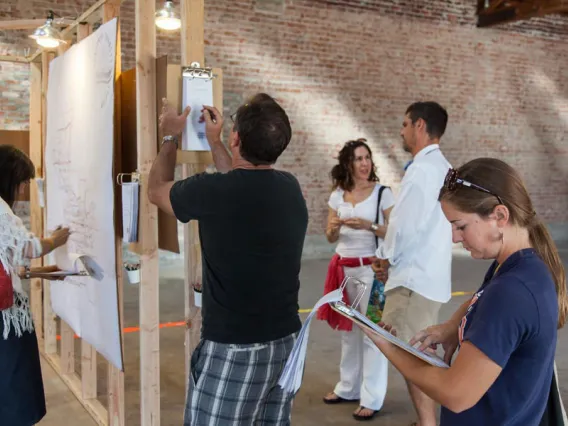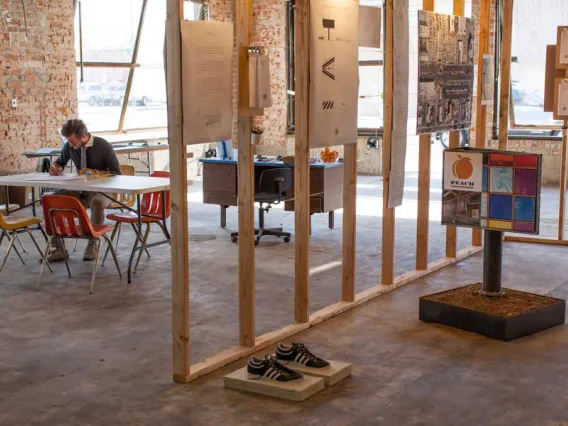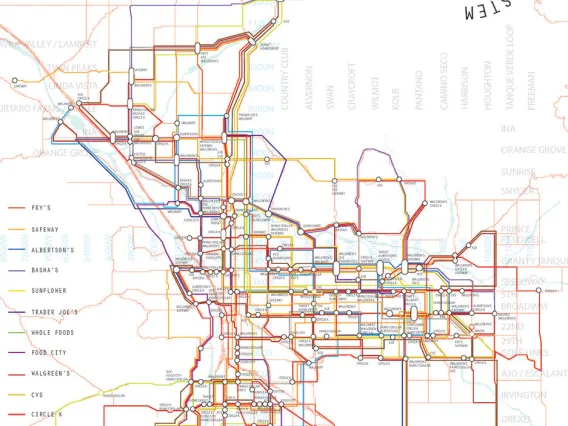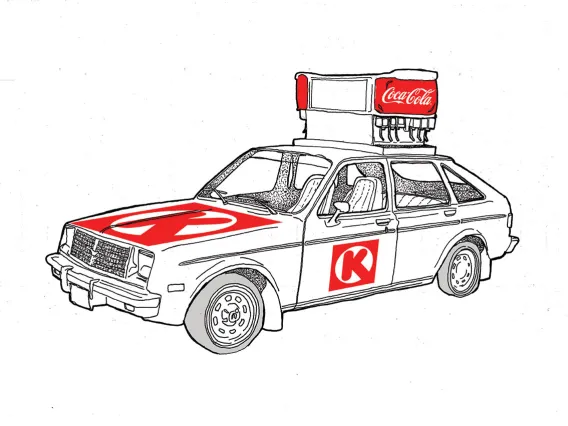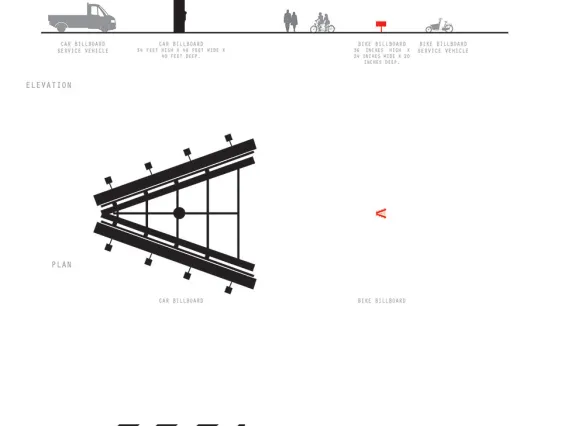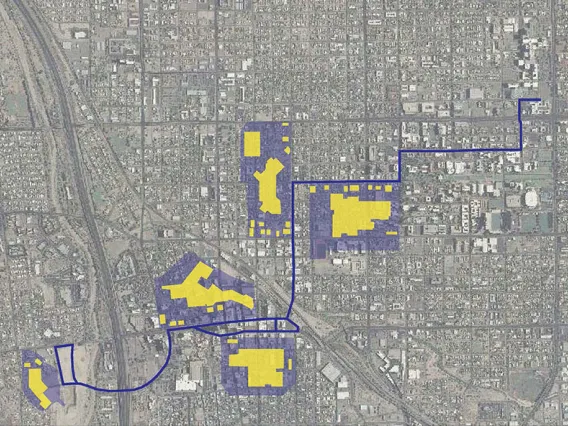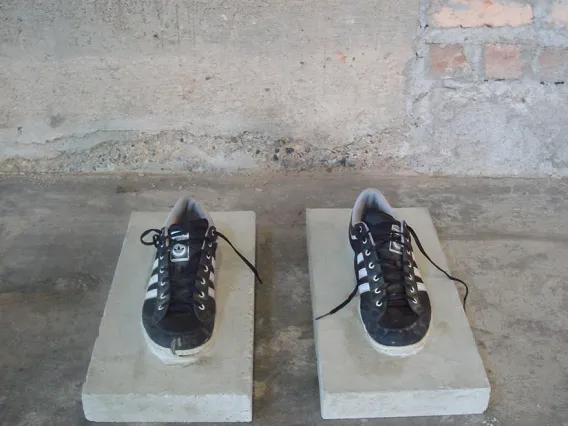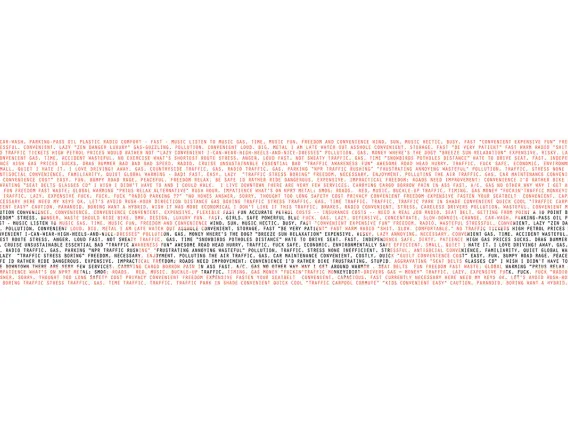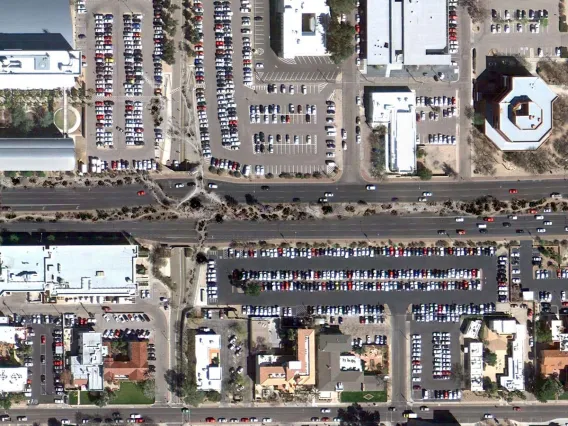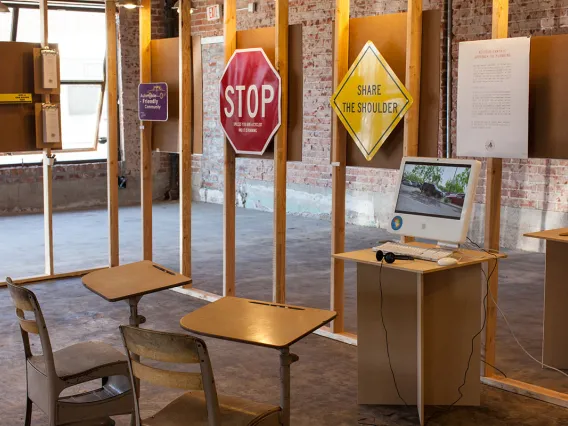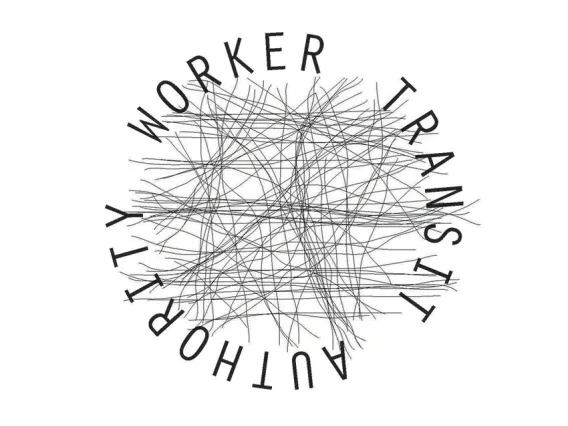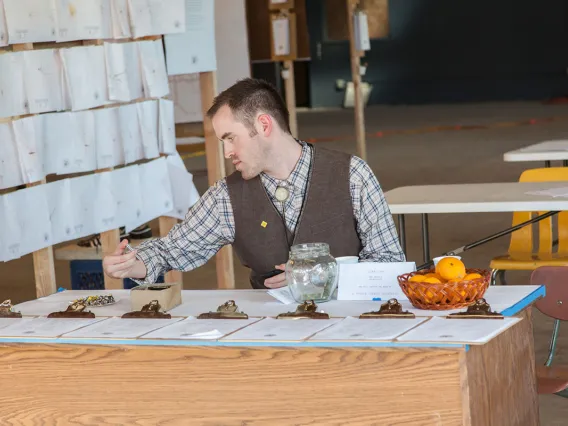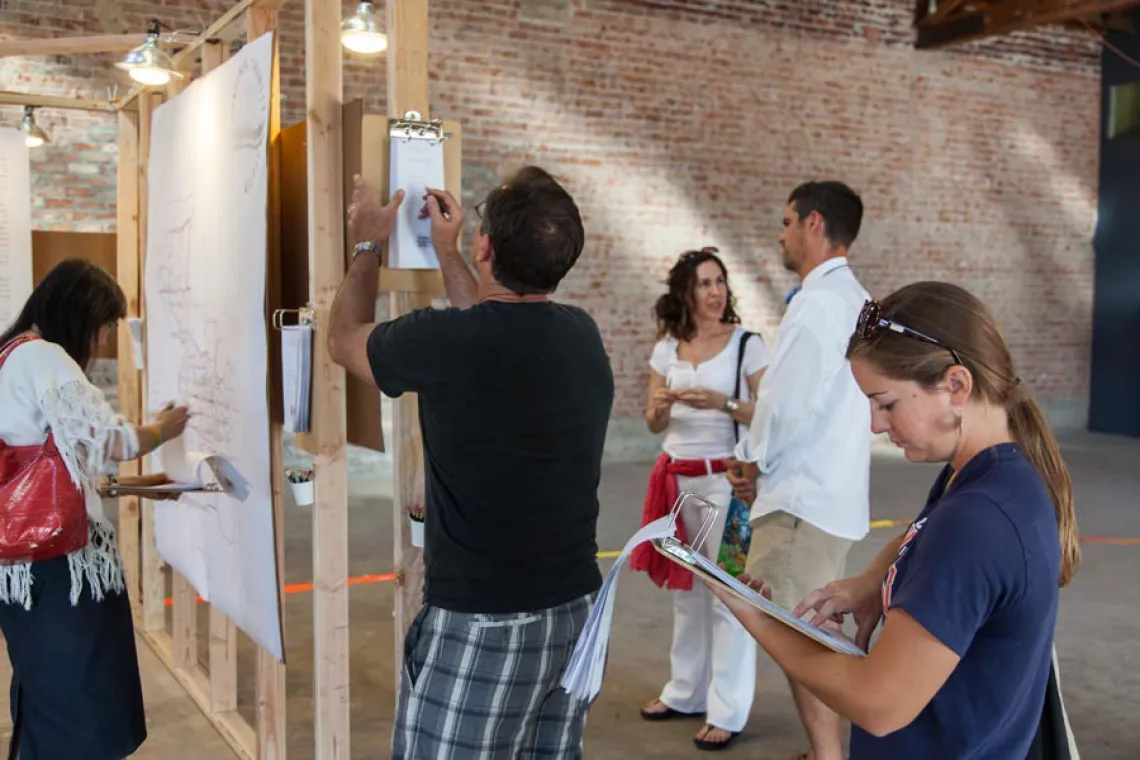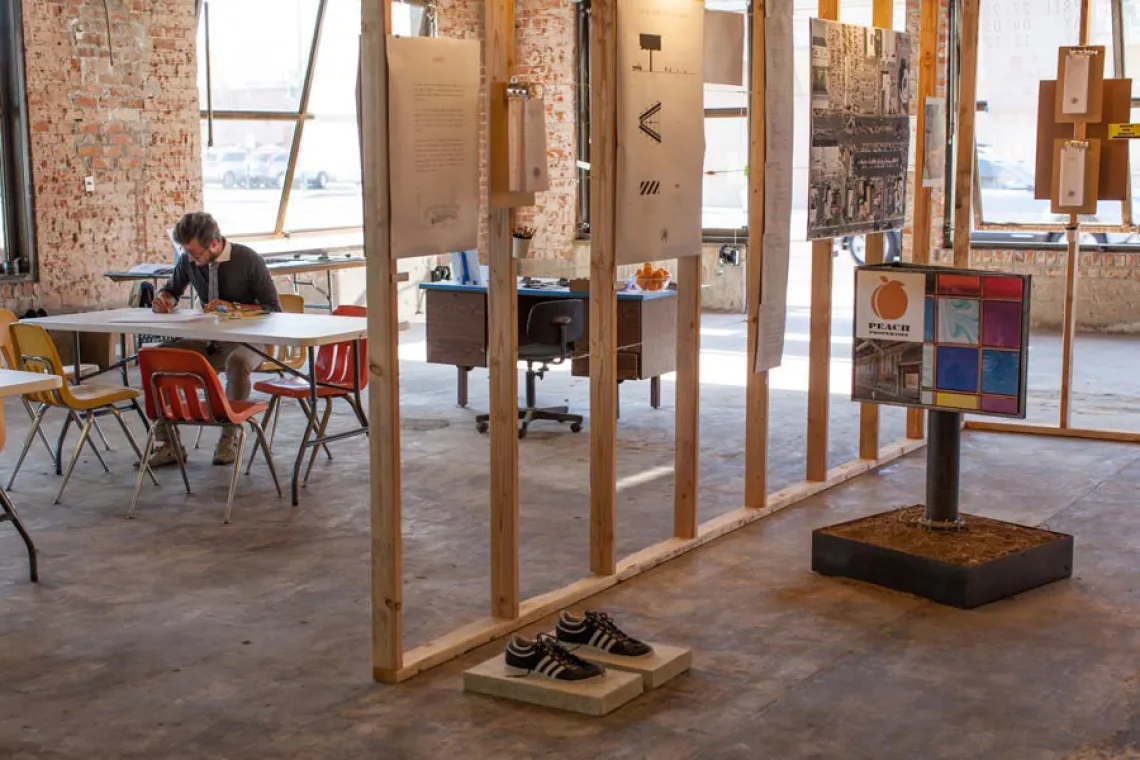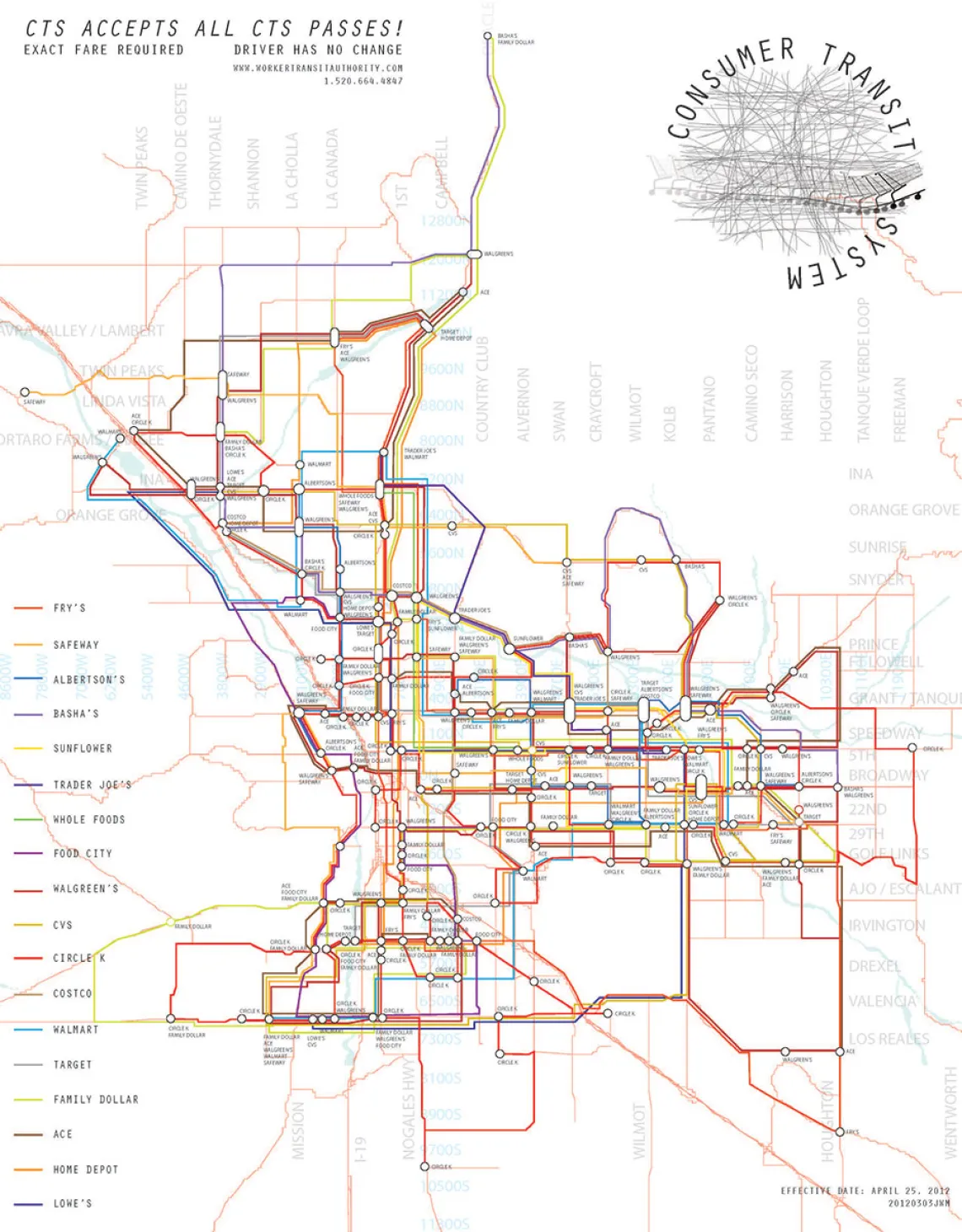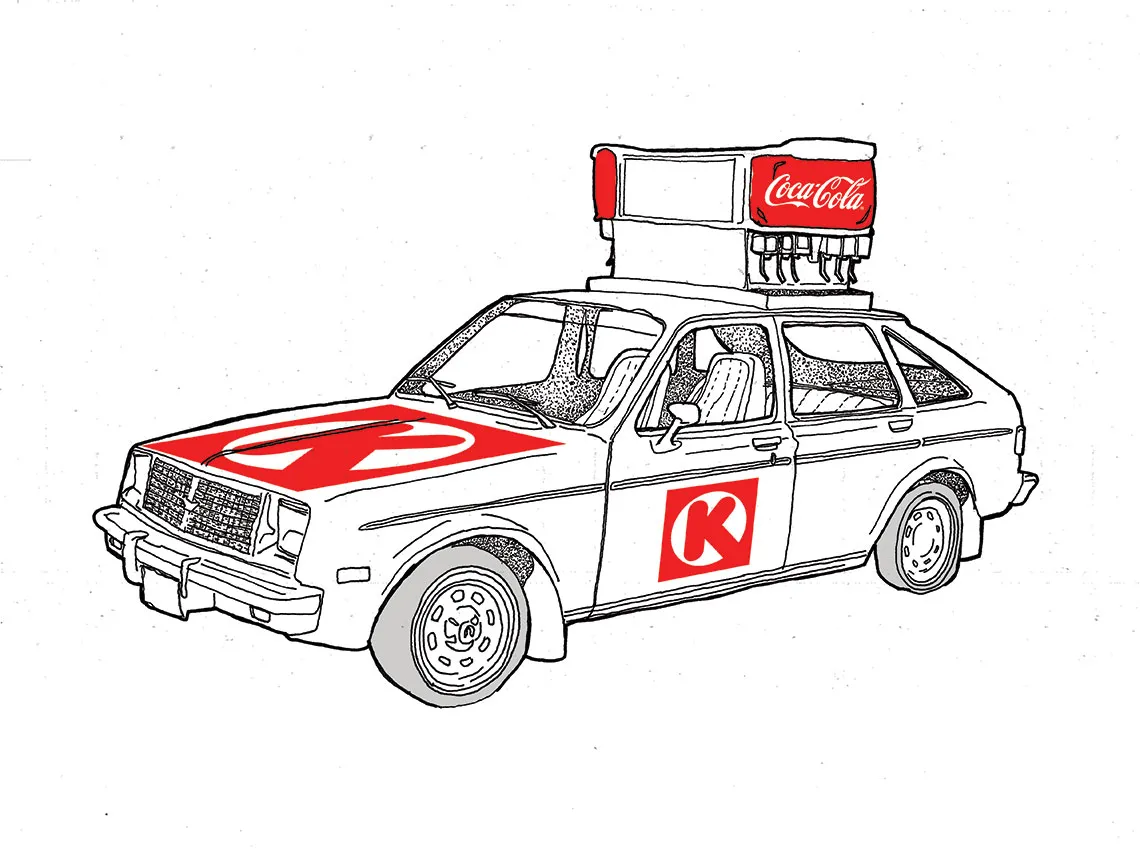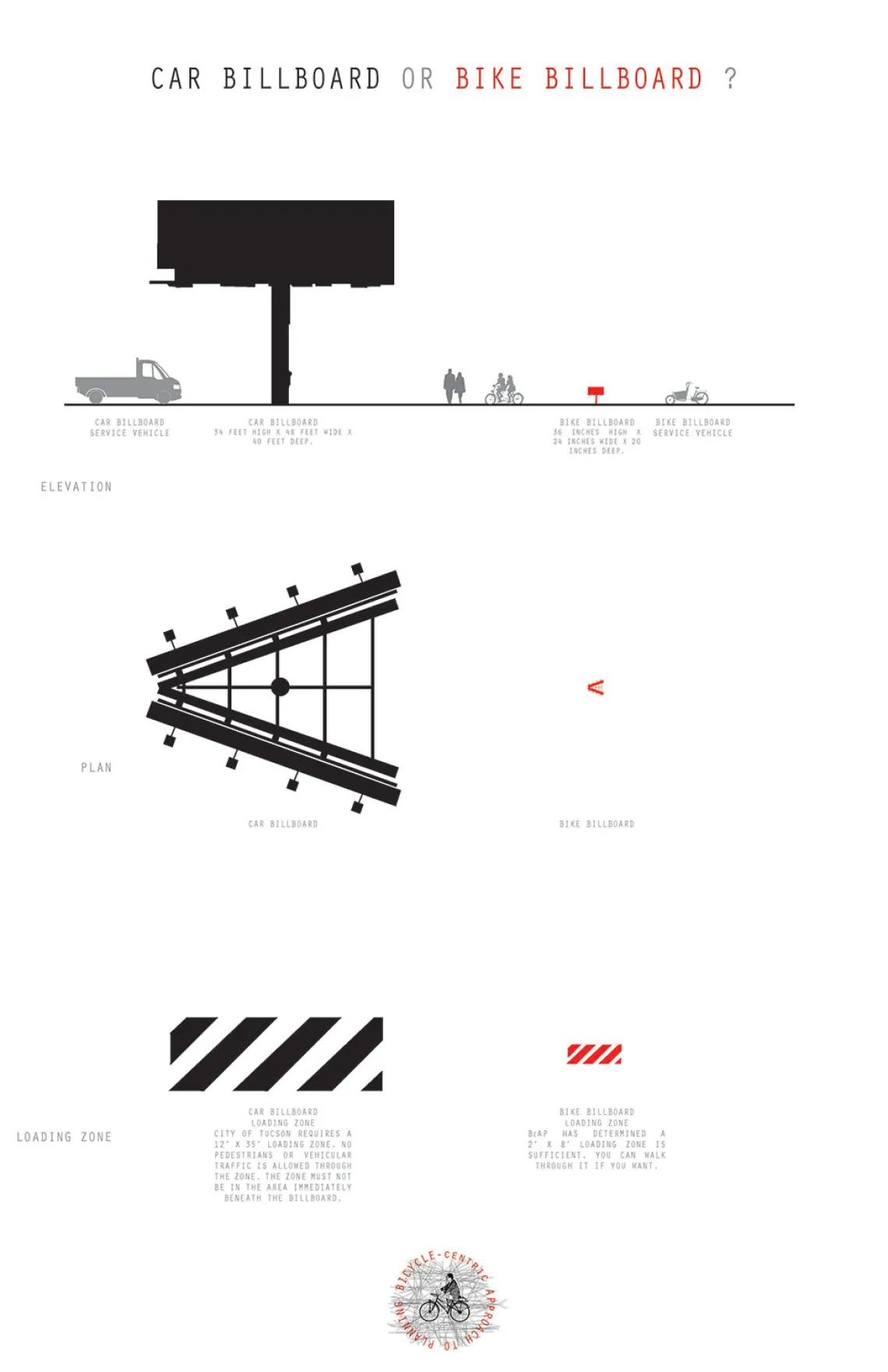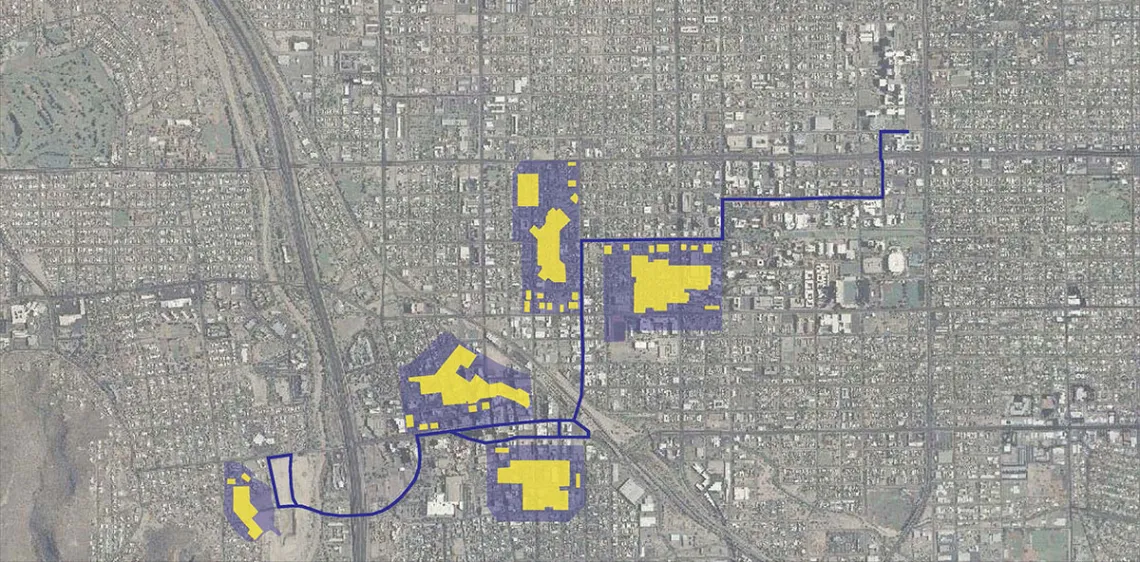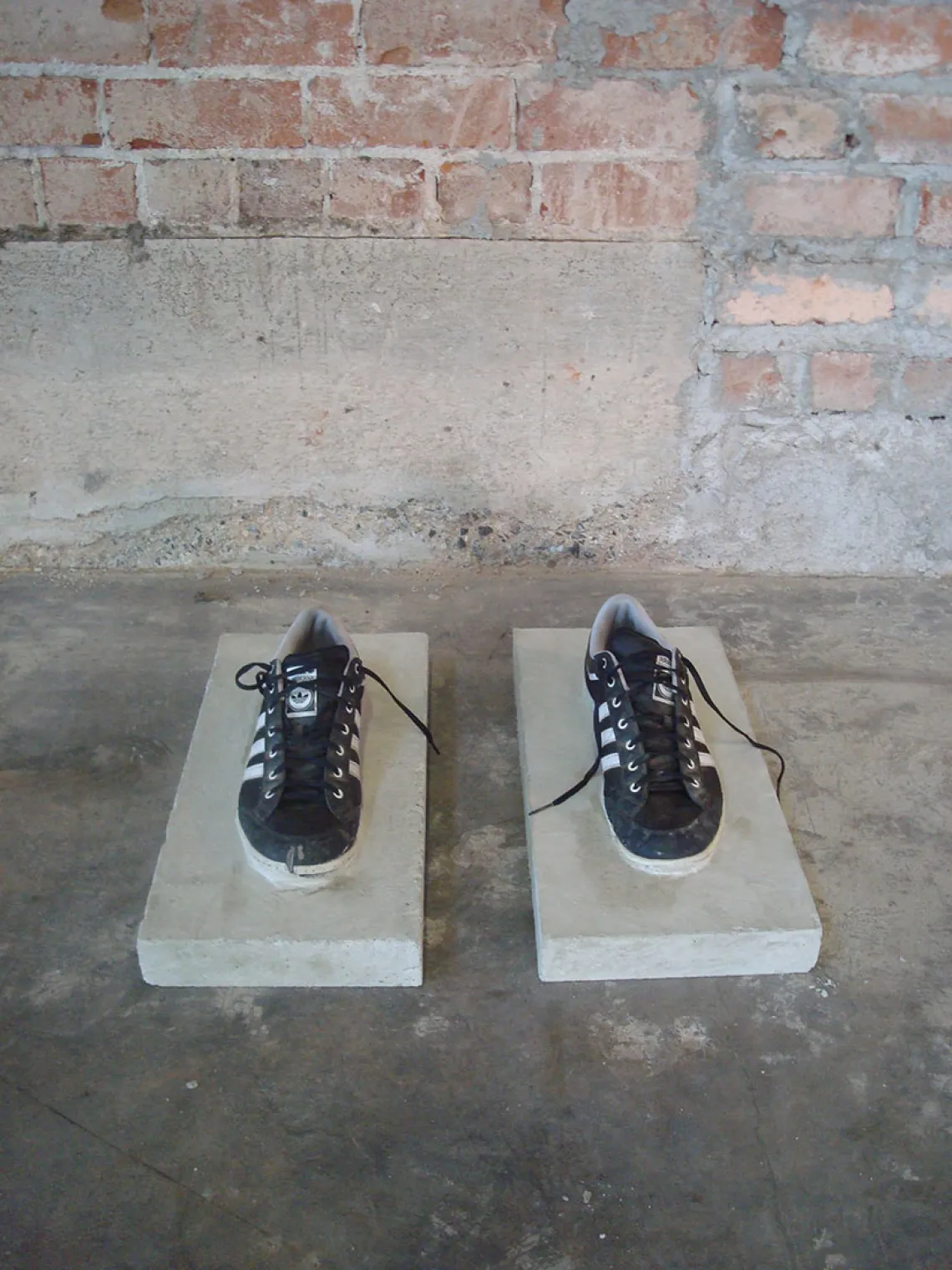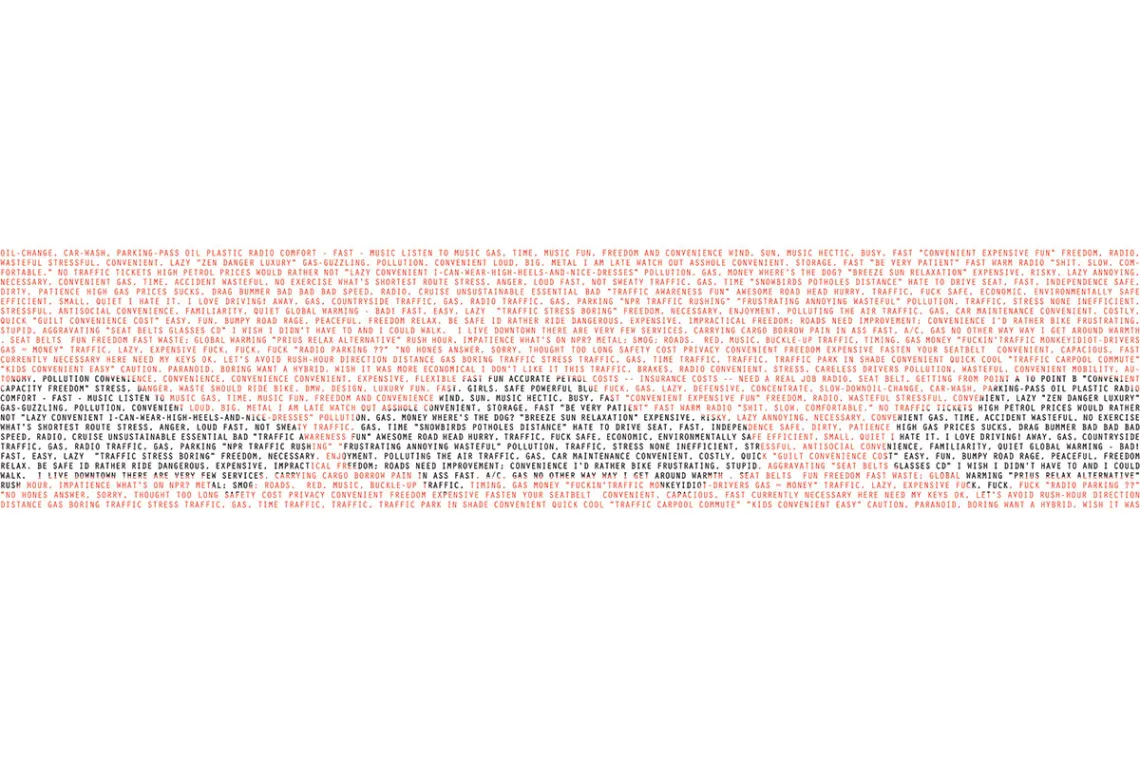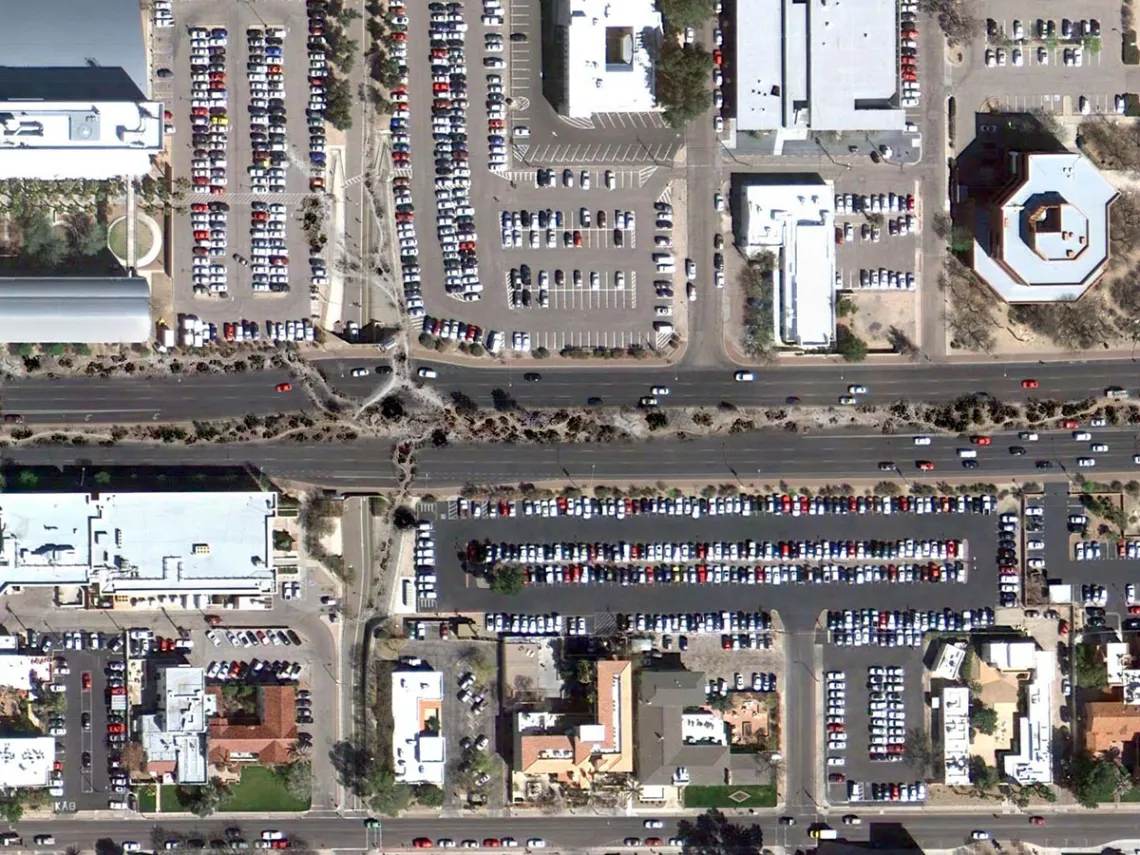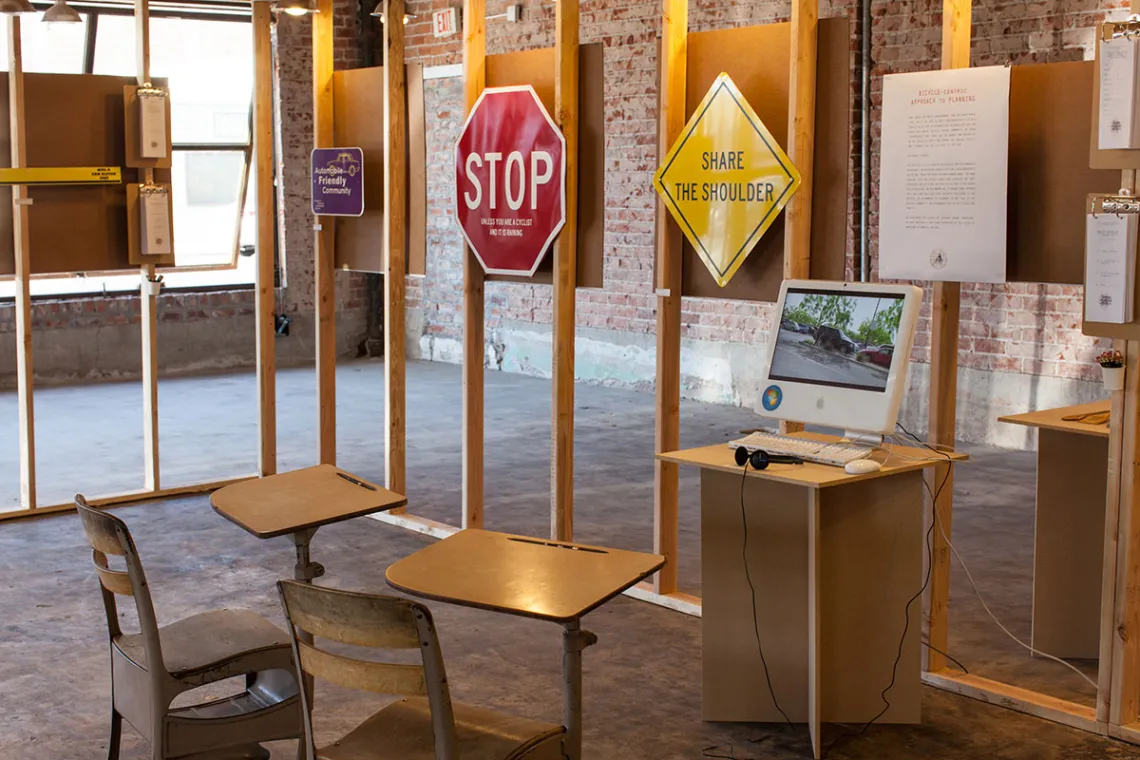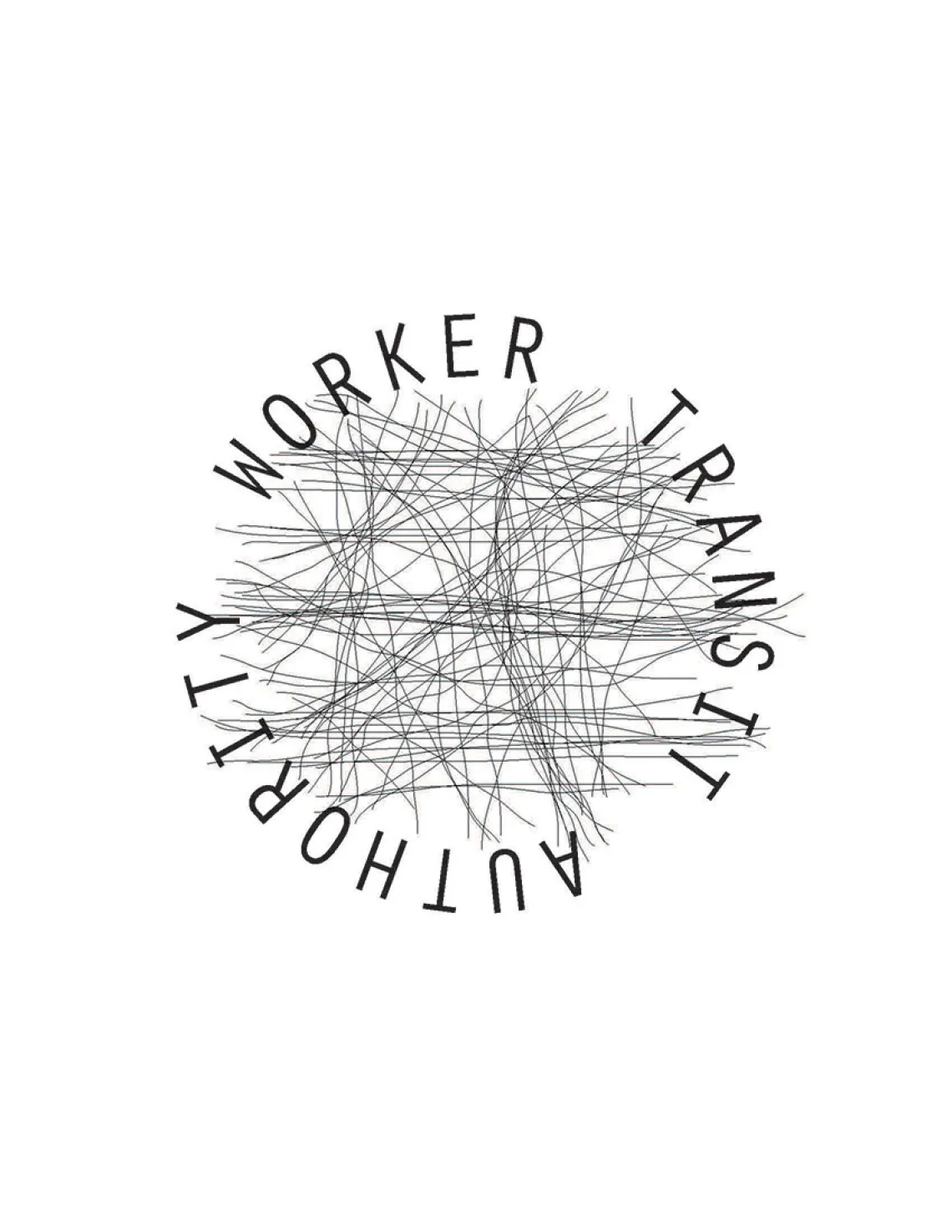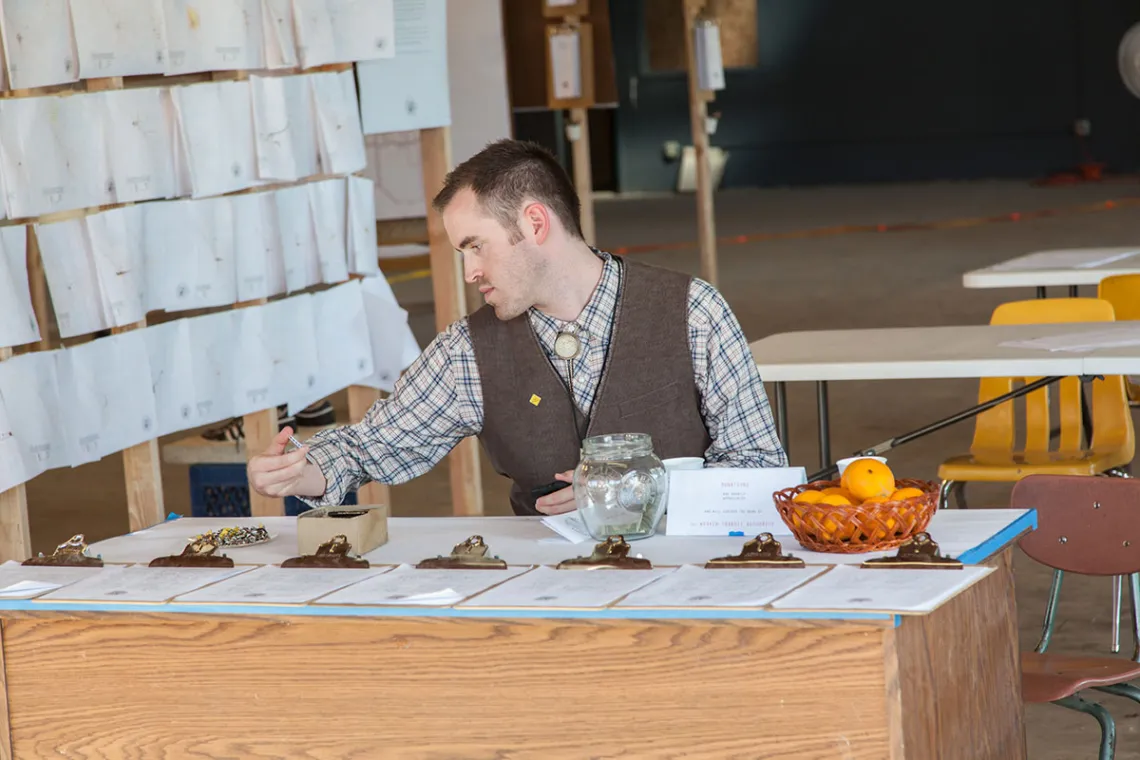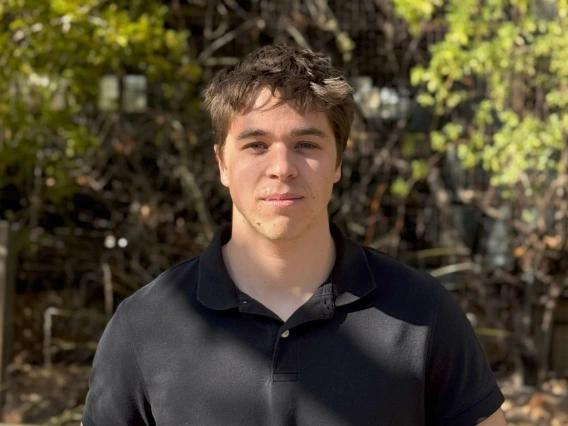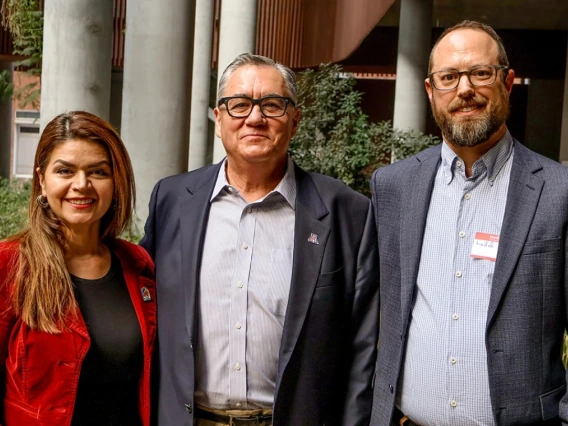Worker Transit Authority: Bill Mackey, Lecturer in Architecture
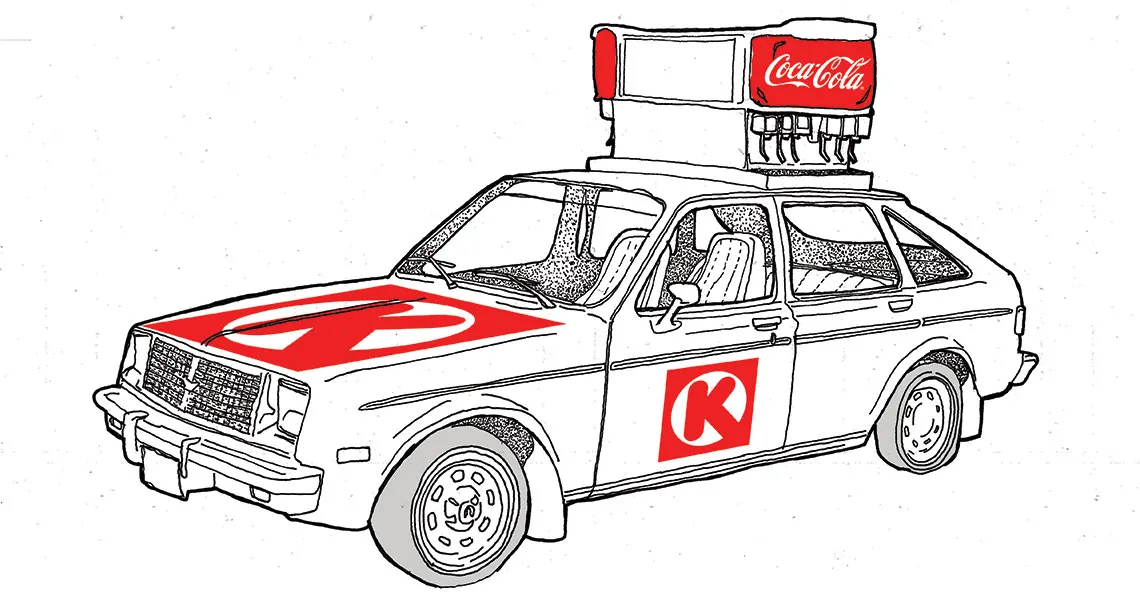
Bill Mackey’s Worker Transit Authority is a display of mock planning projects created by a mock planning authority. The Worker Transit Authority asks the community, "How do you move through the city?" And, for three weekends, Tucson, Arizona residents participated in this important discussion about land use, infrastructure, transportation, environment and distribution.
Like actual transit authority public processes, the project is a form of civic engagement, but unlike actual transit authority pubic processes the WTA events are fun! The project wraps art, parody and beauty to format new and radical notions of how we can function as individuals and as a society. The projects include an overview of the Worker Transit Authority (WTA), the Consumer Transit System (CTS), the Bicycle-centric Approach to Planning (BcAP), and Distribute This! (DT!). The exhibits include interactive maps, brochures, surveys, drawings, sculptures, videos and text.
This project was produced with support from Tucson-Pima Arts Council and the Kresge Foundation.
Image Gallery
Click a thumbnail below to view a larger image and begin slideshow:
Learn more about Bill Mackey on his faculty page.
All images are by Bill Mackey / Worker, Inc. and may not be used or reproduced without express written permission of their creator.

